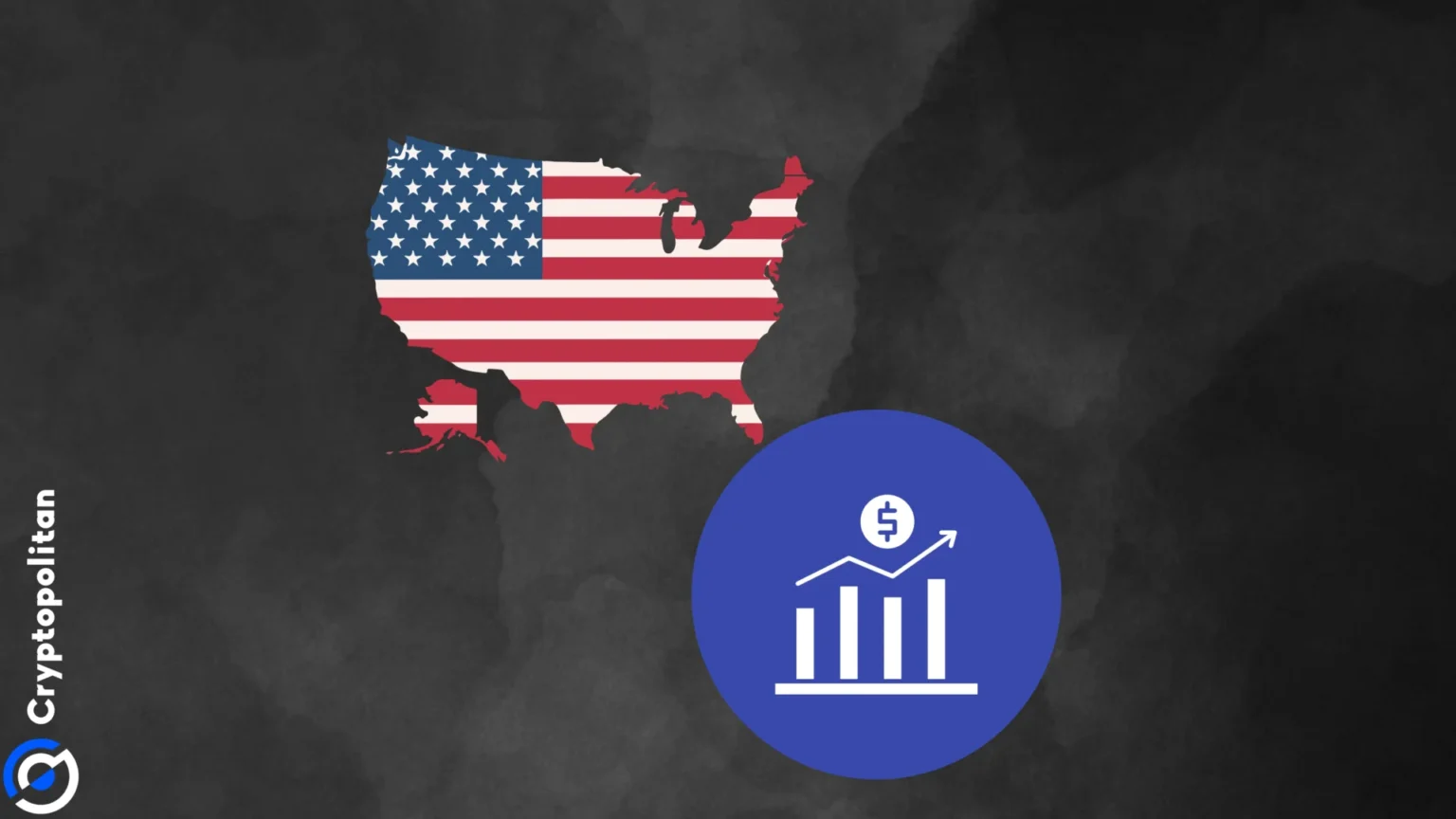US bank stocks are reaching new heights, hitting their highest levels since the infamous collapse of Silicon Valley Bank (SVB) in 2023.
JPMorgan Chase and Wells Fargo have reported strong quarterly earnings, which have boosted investor confidence in the overall economy.
JPMorgan, which is the largest US bank, saw profits of $12.9 billion, beating the $12.1 billion expected by analysts. This still is a 2% drop from the same period in 2023.
More importantly, the bank set aside $3.1 billion to cover potential loan losses, a dramatic increase from last year’s third quarter.
This means it’s preparing for the possibility of rising defaults as some borrowers struggle to keep up with debt.
Consumer spending holds strong
Even with provisions for loan losses soaring, consumer spending remains strong in the third quarter, according to JPMorgan and Wells Fargo.
Both banks have pointed out that American consumers are still spending, despite inflation putting pressure on lower-income households.
JPMorgan’s Chief Financial Officer, Jeremy Barnum, said, “spending patterns remain solid.” His comments, along with Wells Fargo’s CFO Michael Santomassimo, indicate that the overall economy is in decent shape.
The numbers do back them up. Wells Fargo reported a rise in debit card purchases of nearly 2% year-on-year, while credit card sales jumped 10%.
Similarly, JPMorgan saw an increase of 6% in debit and credit card sales. This data is helping investors breathe a little easier, even with ongoing fears about inflation and interest rate hikes by the Federal Reserve.
JPMorgan’s shares rose by almost 5%, and Wells Fargo’s stock surged more than 6% after their earnings were released.
Concerns about a possible recession have been simmering for a while now. Higher interest rates, designed to curb inflation, have led to fears of a recession or a “hard landing.”
But Barnum’s analysis suggests that consumers are still financially stable, supported by a strong labor market. For now, the so-called “no-landing” scenario seems more likely.
The SVB collapse
The collapse of SVB was the largest bank failure since the 2008 financial crisis. The bank had expanded aggressively during the tech boom, then fell apart when interest rates surged, creating massive losses in its bond portfolio.
When customers withdrew billions in a panic, SVB collapsed, leaving regulators scrambling to stabilize the entire sector.
Following the failure, SVB was acquired by First Citizens Bank, which took over $56 billion in deposits and $72 billion in loans, getting them at a discount.
The FDIC estimates that the collapse cost its insurance fund around $20 billion. They quickly responded by launching the Bank Term Funding Program, which allowed banks to borrow against securities at their original value, preventing more liquidity issues.
Investigations were launched into SVB’s management, with many blaming the bank’s aggressive risk-taking for its downfall.
Michael Barr, the Vice Chair of Supervision at the Federal Reserve, called it a “textbook case of mismanagement.”
Fast forward to October, and the effects of SVB’s collapse are still playing out. Congressional hearings are ongoing, with calls for stricter regulations on banks with less than $250 billion in assets.
This is an important discussion, as smaller regional banks continue to feel the effects of SVB’s crash. Rising deposit costs and risky commercial real estate loans are top concerns for many of these lenders.
Regional banks still struggling
Regional banks, which were hit hardest by the collapse, are still facing challenges. They are dealing with higher costs to attract and maintain deposits, as well as huge exposure to commercial real estate loans.
With office vacancies rising and property values falling, these loans are becoming riskier for many banks. So to address these concerns, the Fed tightened capital requirements for banks as part of broader reforms.
While the big players like JPMorgan and Wells Fargo seem to be on solid ground, smaller banks are still trying to navigate the ongoing fallout.
Meanwhile, SVB itself is attempting to rebuild. The bank has implemented stricter risk management practices and lowered deposit requirements for tech startups.
Despite everything, about 81% of SVB’s clients have remained loyal, which is a sign of insanely strong confidence.





